Tiranaki (Naki for short) is someone I met on Gaia quite a while ago while we were both moderators. Naki is a lovely, talented lady. Aside from her awesome artwork, she makes beautiful handcrafted jewelry and hair ornaments and designs funky clothing and accessories, under the banner of Koana Designs. She makes some great origami-paper kanzashi that would look absolutely love with kimono, so definitely give the site a look.
The kimono she drew is quite ornate and doesn’t fit me ideally so it was fairly rumpled in the pictures I provided for her so the amount of detail she put into it is a testament to her skill. I love how both the background and the painting style have a wonderful vintage feel to them, it suits the age of the kimono, I think. To view the larger version, see iton her DeviantArt or click the one in this post, as always.

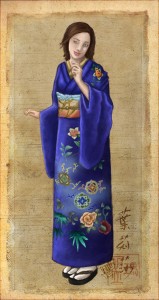








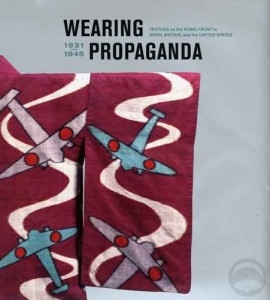 Wearing Propaganda
Wearing Propaganda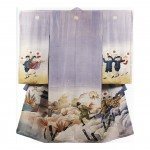
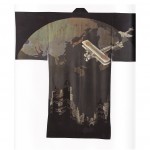
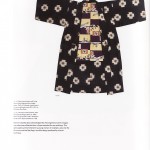

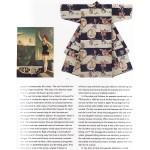















 Bebe Taian
Bebe Taian CHOKO Blog
CHOKO Blog Gion Kobu
Gion Kobu